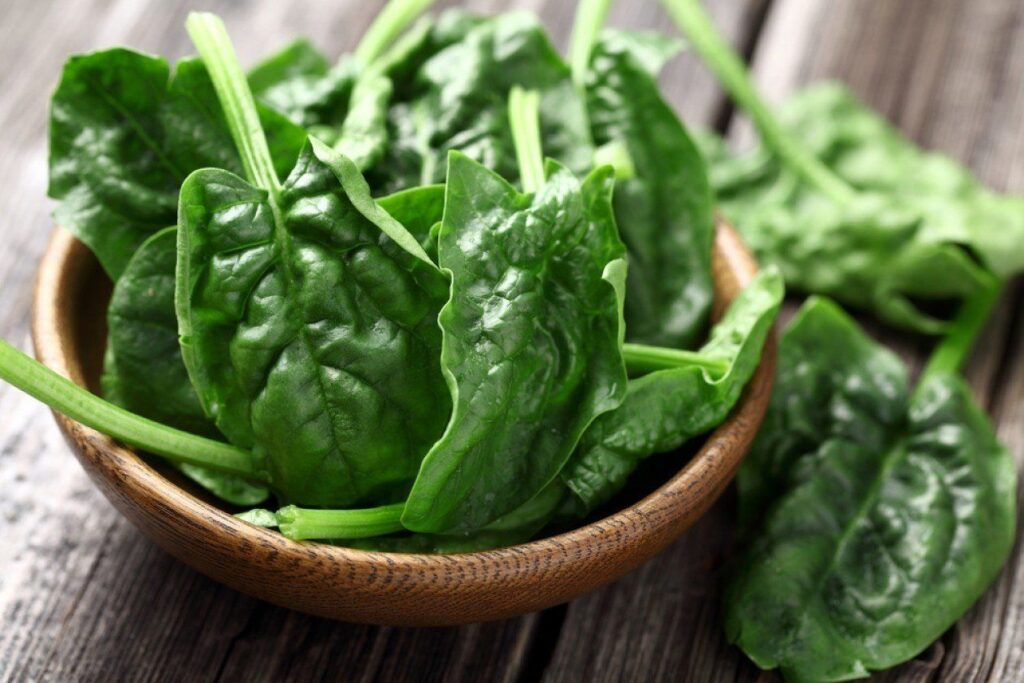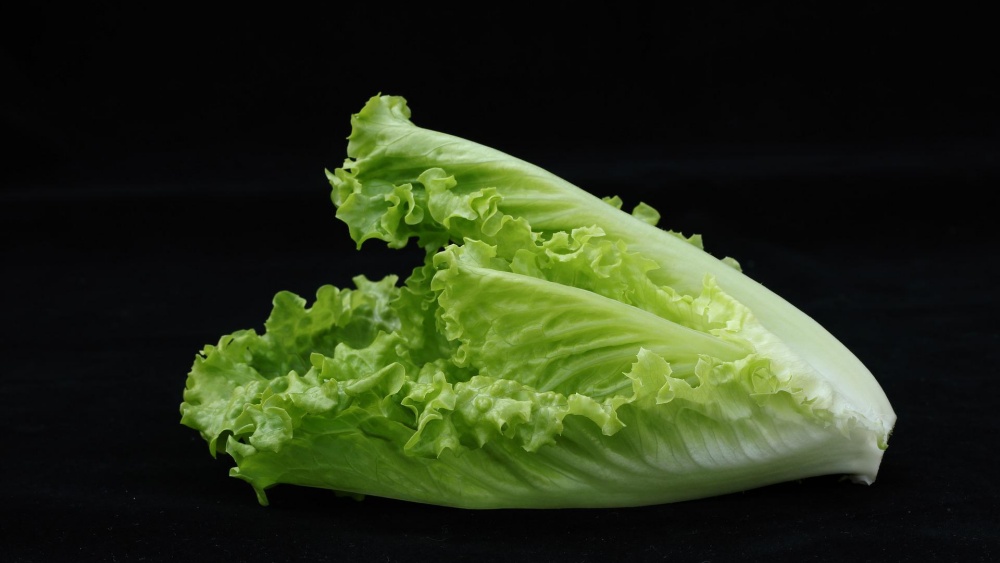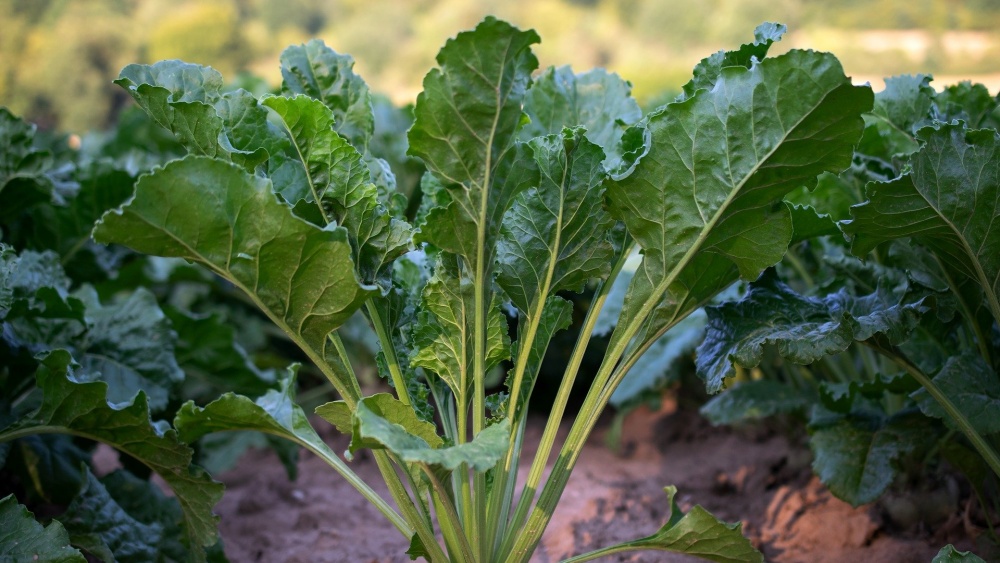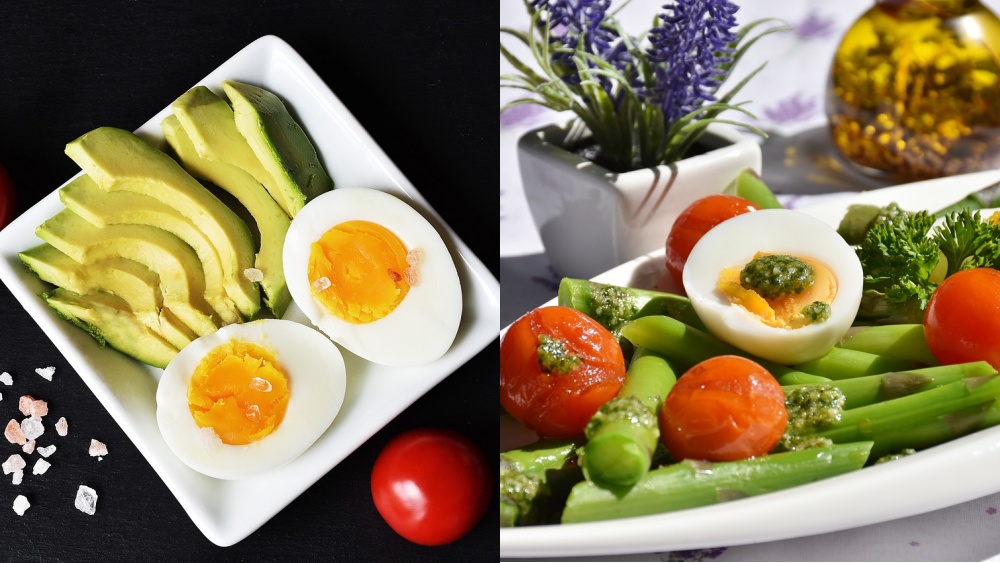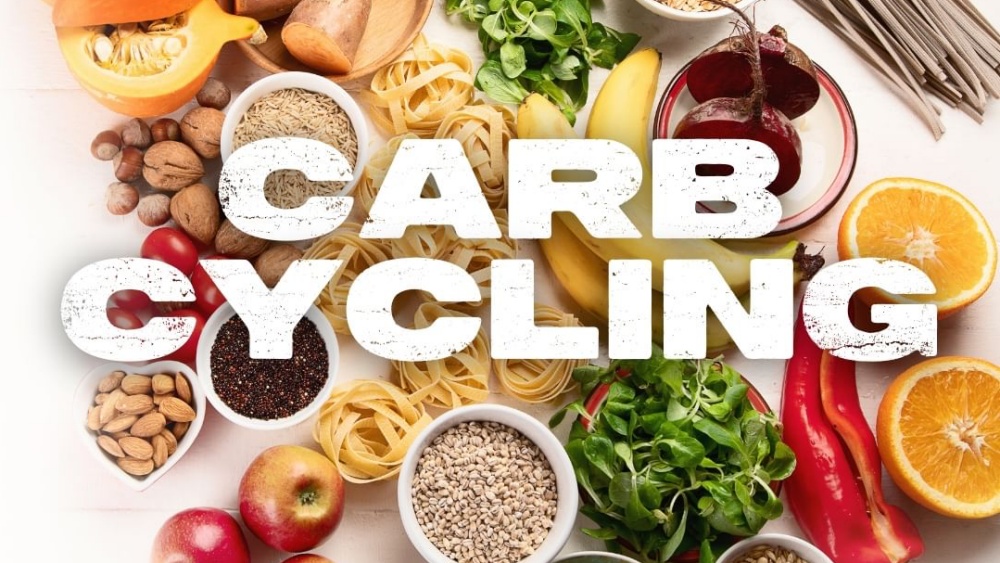Green, leafy vegetables are nutrient-rich, and they help with numerous housekeeping tasks in the body. Greens seem to have superfood abilities, from detoxing, improved digestion, they even enhance your athleticism. Let’s look at some delicious, readily available greens that add depth to your diet.
Health Benefits Of Greens
Leafy greens are excellent sources of vitamins, minerals, and sometimes, protein. The vitamins in greens help with cell repair and the creation of proteins that keep the body running. A good example is vitamin B9, which most of us know as folate. The body uses vitamin B9 to create neurotransmitters, proteins that transmit electrical signals between nerve endings.
Other nutrients that are common to greens have the following benefits:
- Potassium is a mineral that is essential for a healthy heart and nervous system
- Vitamins A and E help to maintain eye function and skin health
- A steady supply of calcium maintains bone mass and bone density
- Vitamin K is essential in the formation of blood clots and bone tissue
- Multiple vitamins help to boost the immunity, especially vitamins C and D
- Manganese is essential for the formation of all kinds of tissue in the body
Most leafy greens regulate your blood glucose, thanks to an abundance of vitamin C. Greens like broccoli and cabbage also create a healthy balance in your gut biome. This goes a long way to ensure functional, problem-free digestion. Just as important is the detox capability of chlorophyll, a substance that puts the green color in greens.
Here is a breakdown of what different greens can do for your body:
1) Spinach
The most practical selling point of spinach is its availability. You can source the greens locally or grow them yourself if you have the inclination and some space.
In addition to having plenty of fiber, spinach is also rich in vitamin K, folate, and manganese. These nutrients keep the cells healthy, including those in the nervous system. They help in functions that range from tissue regeneration to the creation of neurotransmitters. The fiber in leafy greens like spinach is also good for digestion.
Spinach is versatile and requires little heat as you cook it. Use it in soups, salads, pesto, and healthy drinks.
2) Kale
This vegetable is also readily available and easy to grow, just like spinach. Kale is rich in fiber, which is always beneficial for digestion and blood glucose regulation. The greens also have antioxidants that assist the liver in cleansing the body.
Kale leaves are solid, a little tough, and slightly bitter, meaning that they take some time to cook. You can sauté kale, and you can add it to soups. Baking kale turns it into a healthy snack, and you can blend the leaves to make a smoothie.
3) Collard Greens
These leafy greens look similar to kale because of their solid stems and large leaves. Also, like kale, collards are tough and bitter when you eat them raw. They taste better when you sauté, steam, or otherwise cook them.
Collards contain calcium, folate, and vitamins A, C, and K. This means they’re good for your bones, nervous system, immune system, eyesight, and skin.
4) Cabbage
From coleslaw to kimchi to sauerkraut, cabbage will play whatever role you pick for it. This versatile vegetable tastes great, whether you eat it raw, fermented, or slightly cooked.
Cabbage is a cruciferous vegetable, like broccoli and cauliflower. This class of vegetables contains sulforaphane, a substance that protects the cells against premature destruction. This protective property may defend cells against cancer and radiation treatment.
5) Romaine lettuce
Lettuce adds a pleasant crunch to your sandwich or salad, with a taste profile ranging from sweet to tart to slightly bitter. Most people eat lettuce in its raw form to make the most out of its texture.
Romaine lettuce has dark-green leaves with the mildest, most distant hint of bitterness. These qualities suggest a nutritious salad vegetable, not just filler material for your salad. Romaine lettuce contains potassium, which you need for your heart and nervous system. It also carries beta carotene (a form of vitamin A).
6) Broccoli
Broccoli is yet another cruciferous vegetable with a broad nutrient profile. For starters, broccoli contains calcium and vitamin K, which are essential for the health of your bones. The fiber-rich vegetable is also filling and great for digestion. Broccoli also has vitamins A and C to boost immunity and maintain your bone mass.
You can steam broccoli in salty water or with the aromatic vapor of a meat dish. The vegetable tastes just as good in a stir fry or stew. Broccoli cooks fast, so limit its heat exposure to a few minutes. This way, you get to enjoy some of its crunchy texture.
7) Brussels Sprouts
The nutritional profile of this cruciferous vegetable reads like a superfood ad. These sprouts seem to do everything from lowering inflammation to regulating blood glucose.
Brussels sprouts are rich in certain kinds of omega-3 and vitamins K and C. The sprouts also pack a generous amount of antioxidants.
This vegetable has a distinctive taste, so use savory ingredients to match its robust flavor. You can use the sprouts in a (preferably savory) stew or stir fry.
8) Arugula
This fun vegetable takes the form of tender leaves that have a tangy, peppery flavor. Arugula is an excellent ingredient to add to your salads and stews.
The vegetable has the same benefits as broccoli and Brussels sprouts. It contains minerals like calcium and potassium, which you need for your nervous system and your bones. Arugula is a good source of folate and vitamin K, which you need for healthy blood and nervous system function. High vitamin C content means that arugula will detox your body.
9) Beet And Turnip Leaves
Don’t throw away the leaves that come with beets or turnips. They happen to be rich in minerals like zinc, calcium, and manganese, which your body needs to perform cell repair and other housekeeping tasks. Like spinach, the leaves happen to be a good source of iron.
Meals Are So Much Better With Greens In Them
Greens are high-fiber, low-calorie vegetables that are rich in nutrients and antioxidants. Make them a permanent part of your meals and experience a boost in every aspect of your health.
You may also like:

